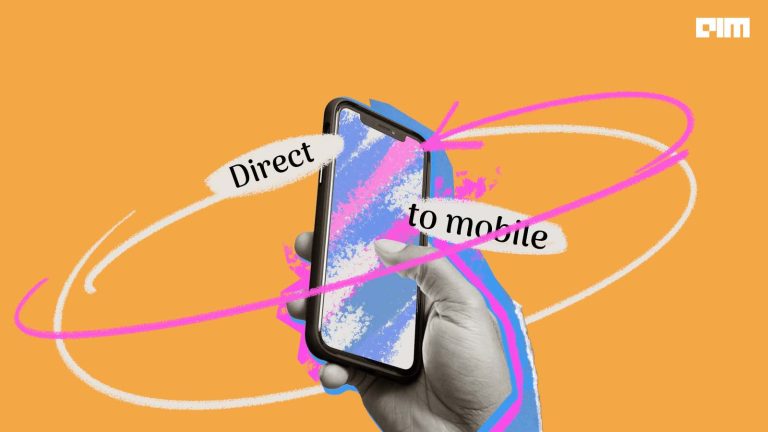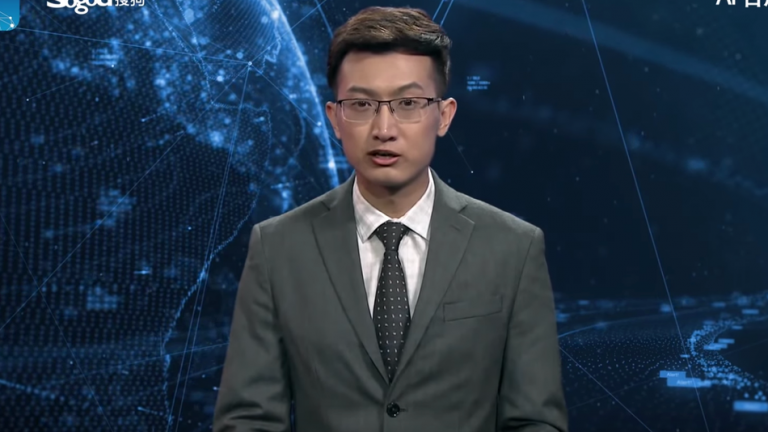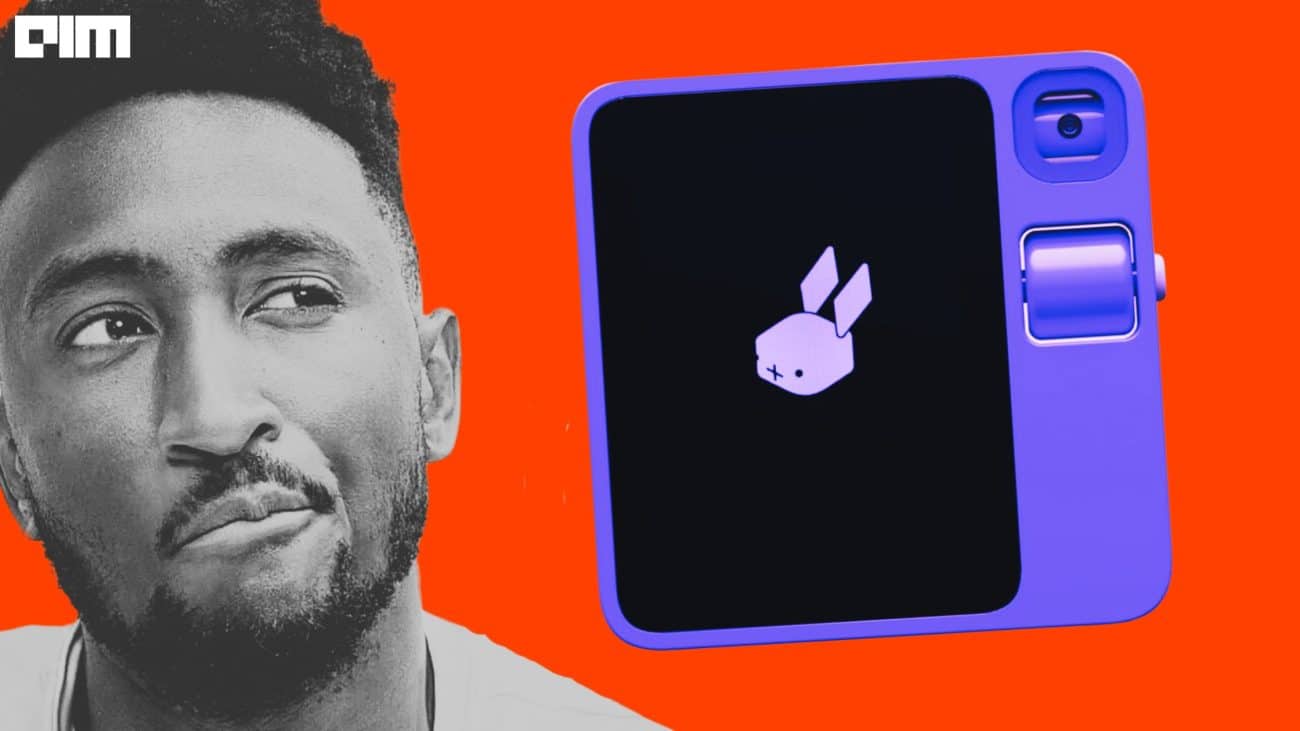|
Listen to this story
|
People who stream video content are aware of the significant problem of ‘buffering’; even when there is no buffering, either the video quality decreases or the daily internet quota of data—which is typically 2GB—is used up. The need for a faster internet connection (or more data) may not be felt by those with broadband connections but consumers of such data packs, especially those from remote locations, do.
To tackle this issue, Prasar Bharti, India’s public service broadcaster and the Department of Telecommunications (DoT) are working on a viable solution to broadcast video and other types of multimedia content directly to the end user’s mobile devices without the need of an active internet connection. The technology, for now, is termed as ‘D2M technology’ or ‘Direct to Mobile Technology’.
D2M technology works similarly to FM radio in that a receiver built into the gadget can access radio frequencies. Broadband and broadcast technologies are combined to enable mobile phones to receive local digital TV feeds, thereby enabling multimedia content to be broadcasted directly to phones using D2M.
To know more, Analytics India Magazine reached out to Shashi Shekhar Vempati, former CEO, Prasar Bharati (DD&AIR). Discussing D2M technology in detail and how it can be converged with 5G technology, Vempati said, “Direct to Mobile Broadcasting is a service, which can be delivered through one of several technologies. Within the 5G family of standards, there are technology options for delivering such a broadcast service to mobile phones directly and there are pilots underway in Europe. However, these are not fully optimised for broadcasting.”
“Outside of this family of standards is ‘ATSC 3.0’ which has been designed with such broadcasting in mind. The pilots are underway in South Korea and the United States. For D2M to be converged with 5G, it would be necessary to adapt a broadcast optimised technology option within the 3GPP family of standards. This is the thrust of the efforts in India with IIT Kanpur, TSDSI and others working to develop such a roadmap for Direct to Mobile Broadcasting,” shared Vempati.
ATSC 3.0 is an updated version of the ATSC standards, which are American standards for digital television transmission across cable, satellite, and terrestrial networks. Several users online are considering this tech as a replacement for the internet, given that it promises faster video streaming (with higher quality) than what the internet provides. However, Vempati believes otherwise: “D2M is not a replacement for Internet Streaming. D2M is a service by which Video Broadcasts can be delivered using the Broadcast spectrum and Broadcast infrastructure to an infinitely large number of devices. These video broadcasts could be linear television channels or they could be popular internet streams, or emergency alerts, or even broadcasts of public and national interest.”
Explaining the use cases of such technology, Vempati described how it can help take the load off of video traffic when a large number of consumers are watching the same video stream—for instance, a live sporting event or a popular cultural fest.
“When a large number of viewers are watching the same video stream, it makes sense to offload that video traffic as a broadcast—thus freeing up internet bandwidth for other interactive services. DTH is satellite-based broadcasting in the Ku-band which is susceptible to inclement weather. D2M will be in the UHF spectrum adjacent to cellular services,” explained Vempati.
However, the question of whether we actually need such technology arises in the context of India already having more than 600 million smartphones—which are expected to reach an estimated one billion mark by 2026.
“5G is primarily designed with interactive services in mind. With video consumption in India continuing to rise significantly, D2M will add a broadcast-optimised capability alongside the current interactive services.”
Highlighting the strategic importance aspect of such technology to India, Vempati further explained: “More importantly, in terms of strategic importance to India, it is the ability to disintermediate platforms so that broadcasts of national importance can be delivered directly to citizens on their mobile phones during emergencies, disasters and other critical circumstances without being held hostage by opaque algorithms or constrained by choked cellular networks.”
Are Indian innovations relevant to mainstream discourse?
Back in 2005, South Korea adopted a similar technology to D2M, named “Mobile Television,” a similar technology was launched in Hong Kong and Germany in 2006. And, while D2M is based on the newest tech available, one has to wonder if the users really need it.
The average internet user already pays approximately INR 250 for 2GB of data per day; the additional charge of another INR 150~200 might not appeal as much to the already demanding Indian consumer. To further understand the relevance of this innovation in India, AIM contacted Telecommunications Standards Development Society, India (TSDSI) but received no further comments.















































































